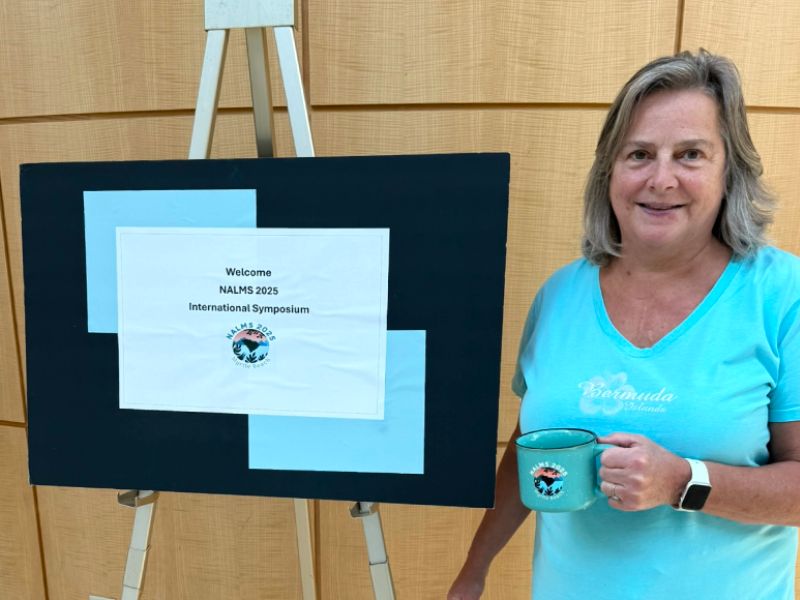
June 06, 2022| Environment
By: Holly Odgers
With their black-and-white faces, characteristic “honk,” and distinctive ‘V’ formation during flight, Canada geese are one of the most widely recognized birds in New Jersey. These large waterfowl, which have readily acclimated to people and man-made habitats, have seen their numbers steadily rise in New Jersey, presenting public health and environmental problems.
According to Rutgers Cooperative Extention, an overabundant Canada goose population can negatively impact ecosystems by displacing other native waterfowl and overgrazing natural habitats, particularly along shorelines, reducing plant species diversity and increasing erosion and sedimentation of water bodies. In addition, excessive quantities of fecal matter both in and around water bodies lead to excess phosphorus and nitrogen, which can lead to a depletion in dissolved oxygen levels, increased weeds, and an increased possibility of algae and harmful algal blooms.
Below are two simple and effective methods to assist with the reduction of Canada geese on Lake Hopatcong.
For more information, you can visit this information guide on goose management from The Humane Society. And you can help spread the word by sharing this PDF flyer!


November 14, 2025
Community, Environment

November 13, 2025
Environment, Events

November 13, 2025
People